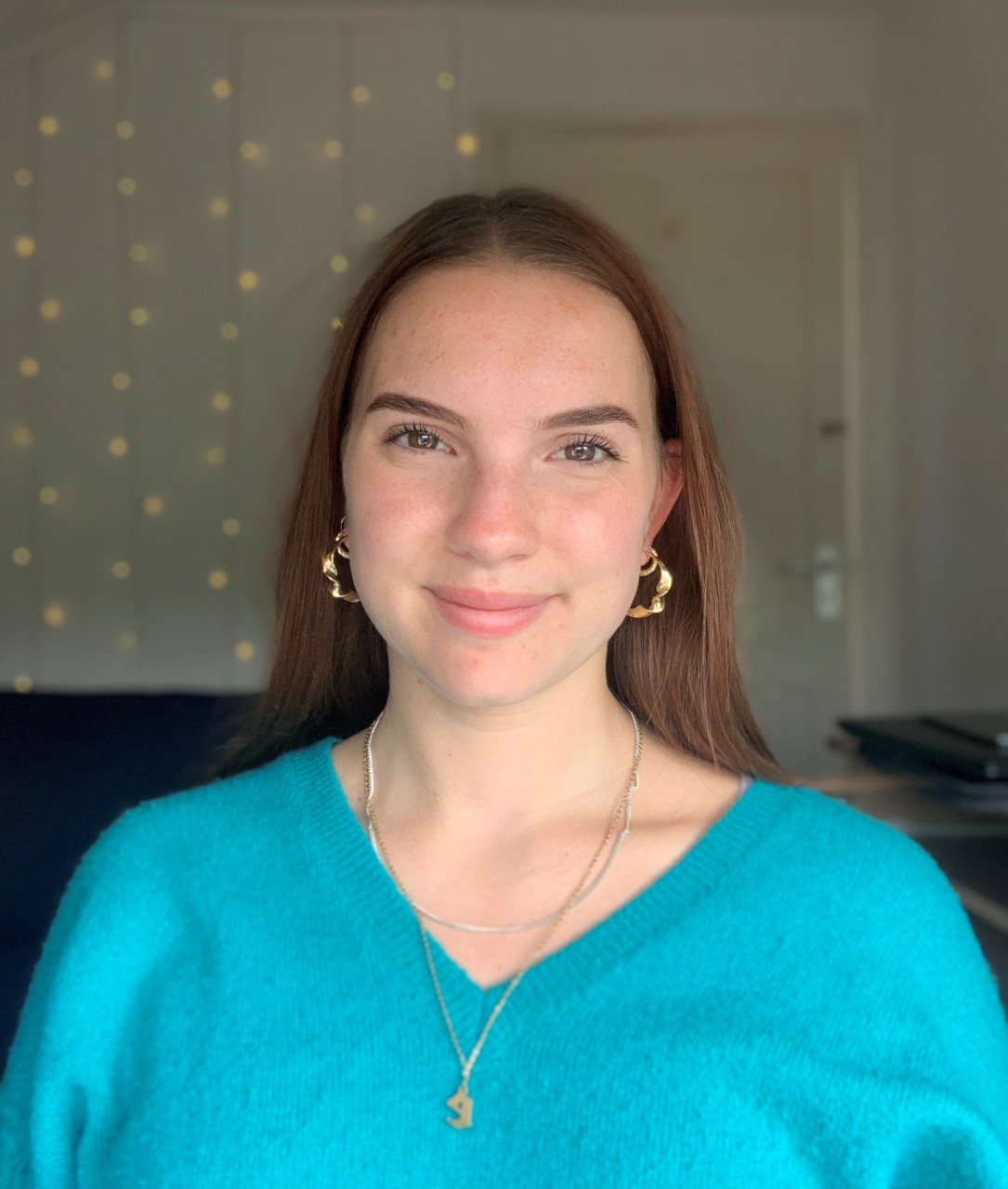When is it too cold to walk your dog? Plus, how to keep your dog safe during cold weather
Here's how to keep your furry friends safe when temperatures plunge


Pet owners are asking when is it too cold to walk your dog following snow and cold temperatures across Britain.
With a drop in temperatures and a few weather warnings in place, many of us have been making a note of when will it snow and how cold it has to be for schools to close. Those of us who are dog owners always look forward to wintery walks with our furry pals during the festive season, but safety come first and should especially be considered as temperatures continue to drop.
Just like record temperature highs in the summer saw dog owners asking when is it too hot to walk your dog, pet owners are now concerned it might be too cold for walks. Here's everything you need to know about walking your dog in the cold weather and how to keep them safe.
When is it too cold to walk your dog?
As a general rule, you should use caution when walking your dog if the outside temperature has dropped below 7 degrees, at which point it is too cold for your dog to swim.
How safe it is to walk your dog does however depend on the size of your pet and how thick their coat is too. Larger dogs and those with heavier coats will be safe to go outside in lower temperatures than smaller dogs with thin coats.
Research from Tufts University, in Massachusetts, suggests that any temperatures between -1C and 4C can be 'potentially unsafe' for smaller dogs, while for large dogs the potentially unsafe cut-off is between -6C and 1C. Large breeds can walk in -6°C for about 30 minutes, while smaller breeds should be limited to walks of fewer than 20 minutes in freezing temperatures.
In addition, 'potentially dangerous weather', is -4C for small dogs, -4C to -9C for medium dogs and -9C for large dogs. All dogs are at a higher risk of hypothermia and frostbite when temperatures are this low.
Parenting advice, hot topics, best buys and family finance tips delivered straight to your inbox.
In addition, the RSPCA says you should not keep your dog outside if temperatures are below 10C. They add that if you are keeping your dog outside, you should provide them with a suitable outdoor dog kennel
"It's very important that your dog can comfortably walk, run and wag their tail within the walls of their kennel, and can play, stand on their hind legs, stretch and lie down without touching another animal or kennel," they state.
You should also make sure your dog has access to clean drinking water at all times.
A post shared by The Kennel Club UK (@thekennelclubuk)
A photo posted by on
How to keep your dog safe in cold weather
- Invest in a winter coat - "Smaller dogs and dogs with shorter hair will feel the cold more and will benefit from a dog coat to help protect them from the elements, including wind chill and rain," says Dr Karlien Heyrman, head of pets at Pets at Home. "Only put them in clothing if they are happy to wear it, and always make sure they are comfortable before you set off."
- Keep an eye on your dog's behaviour - "If they look distressed, are unusually quiet or if they are shivering, it may be time to head home and get them warmed up and comfortable," adds Heyrman. "Once home make sure you dry any damp or wet areas of their fur."
- Take care of their paws - "The salt and grit used on roads and pavements can not only irritate your pet’s paws and nose, but if the salt is licked off it can cause health issues. Always check your dog’s feet after a walk and rinse their paws to remove any snow, ice, or grit that has accumulated."
- Stimulate your pet indoors - "If the cold conditions are particularly bad, you may want to consider shortening your pet’s time outdoors and instead having some indoor fun. There are lots of ways to entertain your pet at home such as interactive games and puzzles that stimulate them physically and mentally."
- Watch out for antifreeze - "Antifreeze is highly toxic to cats, dogs and other pets. Unfortunately, they love the smell and taste, and just tiny amounts can be fatal, so make sure you mop up all spills straight away and keep it out of reach."
- Stay visible in the dark - "Invest in a reflective lead, collar or harness to ensure both you and your pet are safe and visible to other pedestrians and cars. As well as reflective clothing, it’s also a good idea to choose items with LED lights which will help you in areas that don’t have a lot of lighting."
Video of the Week

Ellie is GoodtoKnow’s Family News Editor and covers all the latest trends in the parenting world - from relationship advice and baby names to wellbeing and self-care ideas for busy mums. Ellie is also an NCTJ-qualified journalist and has a distinction in MA Magazine Journalism from Nottingham Trent University and a first-class degree in Journalism from Cardiff University. Previously, Ellie has worked with BBC Good Food, The Big Issue, and the Nottingham Post, as well as freelancing as an arts and entertainment writer alongside her studies. When she’s not got her nose in a book, you’ll probably find Ellie jogging around her local park, indulging in an insta-worthy restaurant, or watching Netflix’s newest true crime documentary.